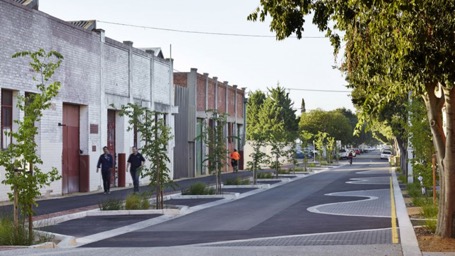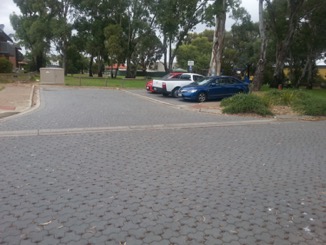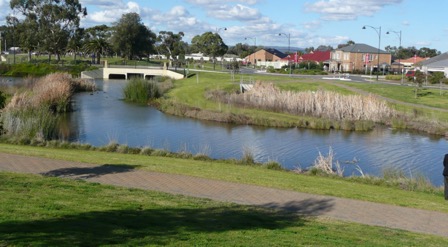We congratulate ICE WaRM on its Smart Water Summit
Our new partner ICE WaRM (International Centre of Excellent in Water Resources Management) and the Water Industry Alliance held the inaugural Smart Water Summit in Adelaide on 22–23 March 2018, coinciding with World Water Day.
The purpose of the summit was to think about the new challenges and threats that face our water industry. While Australia is increasingly renowned for its secure, reliable and safe water, we need to confront issues such as climate change and cyber security. With this big picture in mind, this interactive event allowed presenters and participants to share ideas about:
- who and what will be the next revolution in the water sector
- how to achieve water-enabled economic growth, drive innovation, and provide local and global solutions
- the intersections of public and private stakeholders, and business opportunity.
The CRC for Water Sensitive Cities sponsored a summit session—‘Water for liveable and resilient cities’. The session ran PechaKucha style, with three speakers each presenting 20 slides for 20 seconds:
- Rob Skinner (Deputy Chairman of the CRCWSC) discussed how resilient and liveable cities put people at the centre of the water management process. He highlighted water’s contribution to healthy people, healthy places, healthy environment and health governance. He described Victoria’s recently established Integrated Water Management Forums—for 5 regions of Melbourne and 11 rural regions—that are breaking down historical barriers to using alternative water supplies. This approach (the forums) is a potential model to facilitate collaboration on urban water management nationally.
- Mellissa Bradley (CRCWSC Regional Manager for South Australia) explained why ‘business as usual’ is not going to deliver the types of communities we want to live in. She described some of the innovative approaches to managing water in Adelaide that provide alternative water to irrigate streetscapes and green spaces—the Holland Street Thebarton upgrade rain gardens and underground storage tanks for treated water; Kegworth Road permeable paving and infiltration systems; and the vast network of Managed Aquifer Recharge (MAR) Schemes. These initiatives keep water in the urban environment, to lower temperatures and make Adelaide a more resilient, liveable city. She also talked about the CRCWSC’s infill development project, which is developing housing typologies with features that add value back to the environment.



- Greg Ingleton (Manager Environmental Opportunities, SA Water) described a new project in Adelaide, which aims to change when and how people use water. SA Water is linking smart meters to soil moisture probes, and then using software that tells us when to water our plants. Greg used his own backyard to demonstrate how watering the garden on a hot day can lower air temperatures, without using any more water than usual. Plus, lower temperatures also reduce the demand for energy, because people use less air conditioning. This household scale project draws upon research at Adelaide airport demonstration project that is investigating how recycled water and stormwater can be used by airports to create zones of cooler air that generate economic savings.


The summit brought together over 170 participants, who also enjoyed the opportunity to discuss their challenges with industry colleagues, improve their skill set, discuss new technologies, and examine real case studies. Participants included utilities, manufacturers, engineers, consultants, researchers, analysts, policy makers, government representatives and academics.
|
Learn about our new partner ICE WaRM ICE WaRM was founded in 2004 as an Australian Government initiative, incorporating a charitable trust. It is recognised globally for leading and innovating in collaborative approaches to building capacity in water management and sustainable economic development. Its vision is for water, energy and food security in Australia and overseas. |